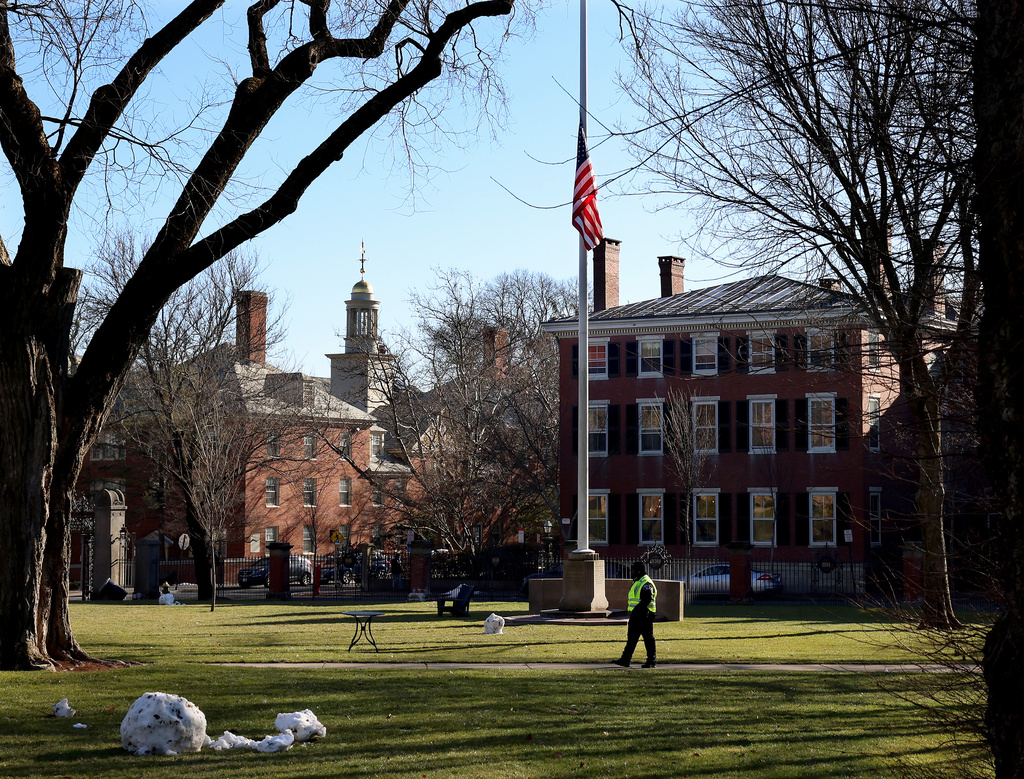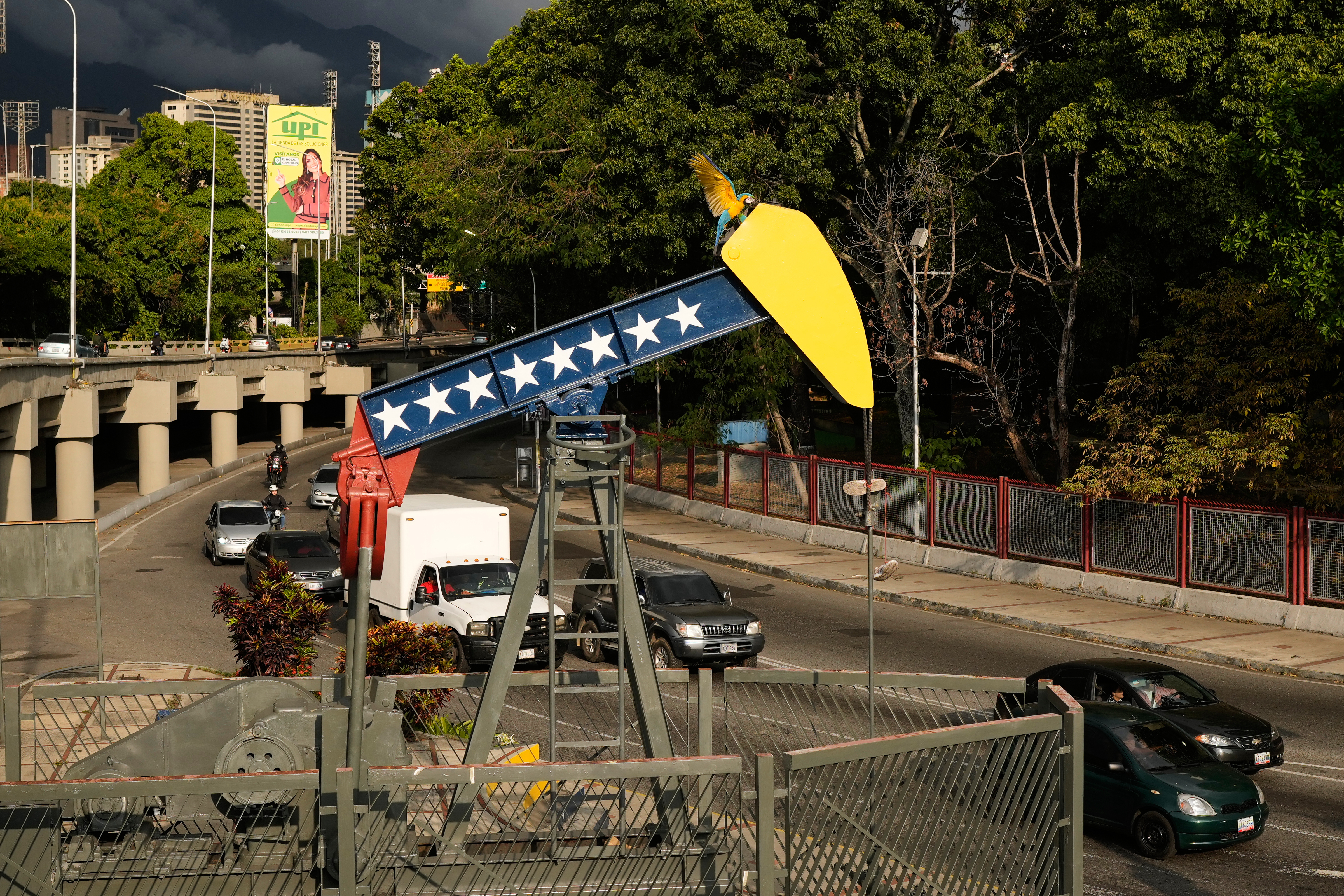NASA recently released maps showing the paths of two upcoming solar eclipses. Several major U.S. cities will have a good view of these events.
On Oct. 14, an annular solar eclipse will be seen from the Texas Gulf Coast to the Oregon Pacific Coast. At the height of an annular eclipse, the moon passes in front of the sun.
Because of the moon’s distance from Earth, the sun will not be fully eclipsed, instead giving off a halo around the moon.
Residents of San Antonio, Texas, and Albuquerque, New Mexico, will see the annular eclipse at its peak in the late morning hours. Most of the rest of the U.S. will experience a partial solar eclipse.

Asteroid to come between Earth and moon this weekend
The asteroid is estimated to be the size of a hockey rink, making it a relatively large near-Earth object.

The Oct. 14 eclipse will just be a warm-up for a total solar eclipse on April 8, 2024.
That afternoon, the sun will be completely covered by the moon. Residents along a 100-mile-wide swath from the Texas/Mexico border all the way up to Maine can see the total solar eclipse — weather pending, of course.
Dallas, Indianapolis, Cleveland and Buffalo will be among the areas to experience a total solar eclipse. Most of the rest of the U.S. will have a partial solar eclipse. Cities like Boston, New York and Philadelphia will have over 80% of the sun blocked at its peak.
The map indicates that San Antonio’s western suburbs will be among the fortunate few to see both eclipses at their peaks.
The NASA map also shows that for the total solar eclipse, those in the path will be in near total darkness in the middle of the afternoon.











